DCD Dog Commands
Of the many Assistance Dog and Veteran Specific Commands in which our Defence Community Dogs are trained to help support and improve the lives of Veterans, several select commands have been featured below to provide a brief overview.
Defence Community Dogs are specifically trained to provide emotional and physical assistance to serving and ex-serving Veterans with mood, anxiety and depressive conditions including PTSD. They do this by performing both Assistance Dog commands and a range of Veteran specific commands. The dogs are assessed for these abilities prior to their graduation from the program and handover to their Veteran recipients.
Defence Community Dogs are trained to alert to a few of the common signs of stress, including the wringing or rubbing of hands, restless movements and increased breathing.
When their Veteran Recipient is showing these symptoms of high stress or anxiety, the Defence Community Dog will interrupt the behaviour by nuzzling at the Veterans hands to spontaneously interrupt the symptom. This stress interrupter calls the Veteran's attention onto the dog and helps interrupt the stress or anxiety being experienced.
Stand
The command to 'stand' tells the dog to stand on all fours and remain standing until further instruction. In this position, a Defence Community Dog will 'watch' for another cue.
Watch
The 'watch' command (shown here in an ‘under middle ‘ position) can be used separately, and commands the dog to look at you in the eye, and helps keep the dog focussed on their Veteran. Being engaged can improve responsiveness to training, and encourage calm behaviour around certain stimuli.
Once the Veteran has their dogs attention, they can call for a follow on command.
Hand rubbing / Heavy Breathing
There is no verbal cue for this command. Defence Community Dogs are trained to alert to a few of the common signs of stress, including the wringing or rubbing of hands, restless movements and increased breathing. These are Veteran specific commands.
When their Veteran Recipient is showing these symptoms of high stress or anxiety, the Defence Community Dog will interrupt the behaviour by nuzzling or jumping up at the Veterans to spontaneously interrupt the symptoms
This stress interrupter calls the Veteran's attention onto the dog and helps interrupt the stress or anxiety being experienced. Helping the Veteran to quickly recognise their mind set and start using calming techniques to lower their stress levels.
Support for night terrors
Waking a Veteran from a night terror is not a verbal cued command. As the dogs get to know their Veteran Recipients, they become very attuned on their individual signals. The dogs are alert to a few of the common signs of stress, one including restless movements, as witnessed during a night terror.
The dog will physically interrupt the handler if they are showing signs of distress while sleeping. In addition to providing physical support for the Veteran and helping them to calm after the night terror, the Veteran can also command the dog to turn on a portable light.
Rest
The 'rest' command instructs the dog to rest their head on the seated Veteran's lap, and provides the Veteran with a weighted comfort to support their emotional and physical needs. This position can help take the Veteran's attention away from stressful events and reposition their focus back on their dogs.
Behind Block
The 'behind' block commands the dog to stand (side on) behind the Veteran Recipient, adding pressure to the back of their legs. This command helps provide a physical personal space barrier; such as when using an ATM or in large crowds where the Veteran feels like their back is exposed.
Front Block
The 'front' block commands the dog to sit across the front of the handler. This command helps provide a physical personal space barrier; such as in large crowds.
Mat
The 'Mat' command directs the dog to go to their mat and stay there until a further command is given. The mat gives a safe, identified location for the dog to wait for further instructions, and allows them to rest for a period of time while the Veteran does not require their physical support.
Under
The 'under' command instructs the dog to lie neatly under a chair (such as in a café or waiting room). This positions the dog out of the way from being a tripping hazard, but within reach of the Veteran, and allows the dog to keep vision on their Veteran.
Stress interrupter foot tapping
There is no verbal cue for this command. Defence Community Dogs are trained to alert to a few of the common signs of stress, including feet and leg tapping. These are Veteran specific commands.
When their Veteran Recipient is showing this symptom of high stress or anxiety, the Defence Community Dog will interrupt the behaviour by placing their paw on top of the Veteran's foot.
This stress interruptor calls the Veteran's attention onto the dog and helps interrupt the stress or anxiety being experienced.
If you or someone you know is an ADF Veteran who suffers from mood, anxiety and depressive conditions including PTSD, and would benefit from a DCD Assistance Dog, read through our More Info pages and click on Apply for a Dog for Application specific FAQs and to apply.










